AADT: Annual Average Daily Traffic VolumesADC: Agribusiness Development CorporationAG: AgricultureBMP: Best Management PracticesBWS: Board of Water SupplyCCNH: Climate Change and Natural HazardsCDUA: Conservation District Use ApplicationCGB: Community Growth BoundaryCIP: Capital Improvement ProgramCPAC: Citizens Planning Advisory CommitteeCPR: Condominium Property RegimeCTCA: Country Towns and Commercial AreasCWRM: Commission on Water Resource ManagementCZMP: Coastal Zone Management ProgramDAGS: State of Hawai‘i Department of Accounting and General ServicesDAR: State of Hawai‘i Division of Aquatic ResourcesDBEDT: State of Hawai‘i Department of Business, Economic Development, and TourismDBF: State of Hawai‘i Department of Budget and FinanceDCS: City and County of Honolulu Department of Community ServicesDDC: City and County of Honolulu Department of Design and ConstructionDEM: City and County of Honolulu Department of Emergency ManagementDES: City and County of Honolulu Department of Enterprise ServicesDFM: City and County of Honolulu Department of Facilities MaintenanceDHLM: City and County of Honolulu Department of Housing and Land ManagementDIT: City and County of Honolulu Department of Information TechnologyDLIR: State of Hawai‘i Department of Labor and Industrial RelationsDLNR: State Department of Land and Natural ResourcesDMAP: Destination Management Action Plan DOA: Department of AgricultureDOBOR: State of Hawai‘i Division of Boating and Ocean RecreationDOFAW: State of Hawai‘i Division of Forestry and WildlifeDOH: State of Hawai‘i Department of HealthDP: Development PlanDPP: City and County of Honolulu Department of Planning and PermittingDPR: City and County of Honolulu Department of Parks and RecreationDTS: City and County of Honolulu Department of Transportation ServicesEA: Environmental AssessmentEMS: Emergency Medical ServicesEN: EnergyENV: City and County of Honolulu Department of Environmental ServicesEPA: United States Environmental Protection AgencyEV: Electric VehicleFEMA: Federal Emergency Management AgencyFHWA: Federal Highway AdministrationGP: General PlanHDOT: Hawai‘i State Department of TransportationHDOTA: Hawai‘i State Department of Transportation, Airports DivisionHECO: Hawaiian Electric CompanyHFB: Hawai‘i Farm BureauHFD: Honolulu Fire DepartmentHFUU: Hawai‘i Farmers Union UnitedHHFDC: Hawai‘i Housing, Finance, and Development CorporationHIDOE: State of Hawai‘i Department of EducationHI-EMA: State of Hawai‘i Emergency Management AgencyHPD: Honolulu Police DepartmentHPHA: Hawai‘i Public Housing AuthorityHRS: Hawai‘i Revised StatuteHTA: Hawai‘i Tourism AuthorityIAL: Important Agricultural LandISWMP: Integrated Solid Waste Management PlanIWS: Individual Wastewater SystemsKMWP: Ko‘olau Mountains Watershed Partnership LID: Low Impact DevelopmentLSB: Land Study BureauLUO: Land Use OrdinanceMC: Mobility and ConnectivityMCE: Mobile Commercial EstablishmentMLCD: Marine Life Conservation DistrictMOU: Memorandum of UnderstandingMW: MegawattNAR: Natural Area ReserveNDPTC: National Disaster Preparedness Training CenterNEPM: Native Ecosystems Protection and Management NFWF: National Fish and Wildlife FoundationNOAA: National Oceanic and Atmospheric AdministrationNRCS: National Resources Conservation ServiceNRDC: National Resources Defense CouncilNSCLT: North Shore Community Land TrustNSCOC: North Shore Chamber of CommerceNSRCWG: North Shore Resilience Community Working GroupNSSCP: North Shore Sustainable Communities PlanNSWMP: North Shore Watershed Management PlanO‘ahuMPO: O‘ahu Metropolitan Planning OrganizationOANRP: O‘ahu Army Natural Resource ProgramOCCSR: City and County of Honolulu Office of Climate Change, Sustainability, and ResiliencyOCR: Hawai‘i State Department of Transportation Office of Civil RightsOER: City and County of Honolulu Office of Economic RevitalizationOISC: O‘ahu Invasive Species CouncilOPSD: State Office of Planning and Sustainable DevelopmentOSNE: Open Space and Natural EnvironmentOVB: O‘ahu Visitors BureauPR: Parks and RecreationPS: Public ServicesPV: Solar PhotovoltaicsRC&D: O‘ahu Resource Conservation and Development Council RE: ResidentialROH: Revised Ordinances of HonoluluRPS: Renewable Portfolio StandardSCP: Sustainable Communities PlanSHPD: State Historic Preservation DivisionSLR: Sea Level RiseSLR-BFE: Sea Level Rise -adjusted Base Flood ElevationsSLR-XA: Sea Level Rise Exposure AreaSMA: Special Management AgencySRWG: Source Reduction Working GroupSTR: Short Term RentalSWCD: Soil and Water Conservation DistrictSWMPP: Stormwater Management Program PlanSWP: Stormwater ProgramTAT: Transient Accommodations TaxTDM: Transportation Demand ManagementTDR: Transfer of Development RightsTM: Tourism ManagementUH: University of Hawai‘iUSACE: United States Army Corps of EngineersUSDA: United States Department of AgricultureUSGS: United States Geological SurveyWGSL: Waimānalo Gulch Sanitary LandfillWIS: Wahiawā Irrigation SystemWMP: Watershed Management PlansWMWP: Waiʻanae Mountains Watershed PartnershipsWR: Water ResourcesWWTP: Wastewater Treatment PlanXTEZ: Extreme Tsunami Evacuation Zoneahupua‘a: Land division usually extending from the uplands to the seaʻāina: Land, earthhui: club, association, partnershipkeiki: Child, offspring, descendent, youngsterkūpuna: grandparent, ancestor, relative or close friend of the grandparents generationmālama: to care for, attend, preserve, protectmoku: districtmoʻolelo: story, tale, myth, history, tradition‘ohana: family, relative, king group, relatedʻōlelo: Language, speech, word, talkpono: Goodness, uprightness, morality, moral qualities, correct or proper procedure, excellence,mauka: Towards the mountains, inlandmakai: Towards the sea, coastal100-year flood/storm: A flood or storm that has a one-percent statistical probability of being equaled or exceeded in a given year (or that would on the average of once in every 100 years). Accessory Land Uses: A use which meets the following conditions: (1) Is a use which is conducted on the same zoning lot as the principal use to which it is related whether located within the same building or an accessory building or structure, or as an accessory use of land; (2) Is clearly incidental to and customarily found in connection with the principal use; and (3) Is operated and maintained substantially for the benefit or convenience of the owners, occupants, employees, customers, or visitors of the zoning lot with the principal use.Adaptation Pathways: A planning tool that supports decisionmakers to prioritize strategies, maintain flexibility, and communicate critical issues to a community despite uncertainty by developing phased responses based on observable trigger points and thresholds. Affordable Housing: Dwelling units constructed for sale or rent to eligible households that are below the maximum income limit, as determined by the Area Median Income. Age Friendly Honolulu Action Plan: A public-private initiative focused on creating a more inclusive and supportive environment for older adults in HonoluluBase Flood Elevations: the expected water level rise during a flood with a 1% chance of occurring in any given year.Best Management Practices: Strategies and techniques designed to optimize performance and minimize negative impacts from agriculture, construction, etc.Capital Improvement Program: The program that funds projects and infrastructure upgrades across the City and County of HonoluluCitizens Planning Advisory Committee: An advisory group made up of local community members who help to guide the development of the North Shore Sustainable Communities PlanClimate Change: A change in global or regional climate patterns, particularly the change apparent from the late 20th century onwards attributable largely to increased levels of atmospheric carbon dioxide produced by the use of fossil fuels.Community Growth Boundary: A planning tool used to manage urban development by defining a line beyond which urban development is restricted or discouragedComplete Street: A street designed, operated and maintained to provide safe accommodations for all users, including people who walk, bicycle, use transit and drive motor vehicles.Cottage industries: A business or manufacturing activity owned and operated by an individual or family, typically operating out of a home. Development Plan: A long range plan developed for the urban areas of City and County of Honolulu (Primary Urban Center, and ‘Ewa)General Plan: The overall policy plan for the island of O‘ahu describing key long-term objectives for the City and County of Honolulu. Important Agricultural Land: A land use designation in Hawai‘i to held preserve land for agricultural use. Land Use Ordinance: The Land Use Ordiance of the City and County of Honolulu which details specific uses and development standards allowed on each propertyLow Impact Development: a planning and development approach that is more environmentally sustainable than conventional development. LID integrates landscaping and stormwater management design strategies to preserve or enhance the natural hydrology of a site, mimicking the watershed patterns that existed before development.Managed Retreat: The process of moving development and infrastructure away from a specified hazard. Marine Life Conservation District: An ocean conservation district designed to conserve and replenish marine resources. Mobile Commercial Establishment: A business that is on wheels, typically personified by a food truckMobility Hub: a location where multiple transportation options converge, providing a seamless and convenient experience for users to switch between different modes of travel, such as public transit, bike share, car share, ride-sharing, and walkingMultimodal network: the network of streets and trails with sidewalks, bike lanes, and trails that allow people using other modes than motor vehicles to get around safelyNatural Area Reserve: A designated land area created to preserve and protect representative samples of Hawaiian Biological ecosystems and geological formations. Nature Based Solutions: Engineering solutions that work with natural processes to develop solutions to challenges such as flooding or sea level rise. These solutions seek to minimize environmental impacts and provide additional benefit such as treating pollution. One Water: A strategy to integrate water management for stormwater, wastewater, groundwater, sea water, freshwater, gray water, and recycled water to promote resource and financial efficienciesPark once and walk: The ability to park in one location and walk to multiple services and amenities within a reasonable distanceRegenerative Tourism: Ensuring that the visitor economy provides a net benefit to the destinationResilience: the ability of a community to withstand and bounce back better after disasterResilience Hubs: Facilities that serve a community before, during, and after a disaster. Sea Level Rise: The increase in the level of the worlds oceans due to the effects of climate changeSea Level Rise Exposure Area: A combined area of risk for Passive Flooding, Annual High Wave Flooding, and Coastal Erosion. Short-term rentals: Rental units leased for short periods of time, typically less than 30 days, and usually leased through online platforms. Special District: A land use designation where certain areas in the community in need of restoration, preservation, redevelopment, or rejuvenation may be designated as special districts to guide development to protect or enhance the physical and visual aspects of an area for the benefit of the community as a wholeSustainable Communities Plan: A long range plan developed for the rural areas of City and County of HonoluluTraditional Ecological Knowledge: The evolving knowledge acquired by indigenous and local peoples over hundreds or thousands of yearsTransfer of Development Rights: voluntary programs that allow the owner of one property (the “sending site”) to transfer its development rights to the owner of a second property (the “receiving site”)Two-lane roads: a road with one travel lane in each direction, separated by a central yellow lineWalkability: The ability to safely walk to services and amenities within a reasonable distance
×
Warning message
The installed version of the browser you are using is outdated and no longer supported by Konveio. Please upgrade your browser to the latest release.
 bubble to view comments.
bubble to view comments.
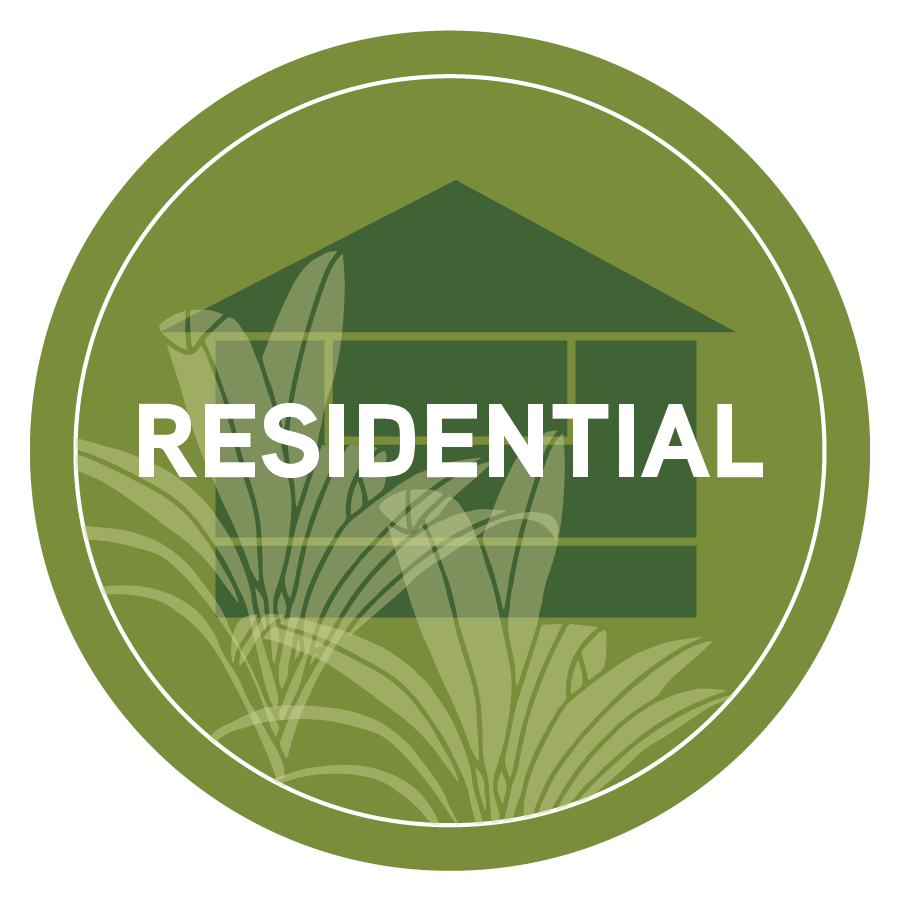
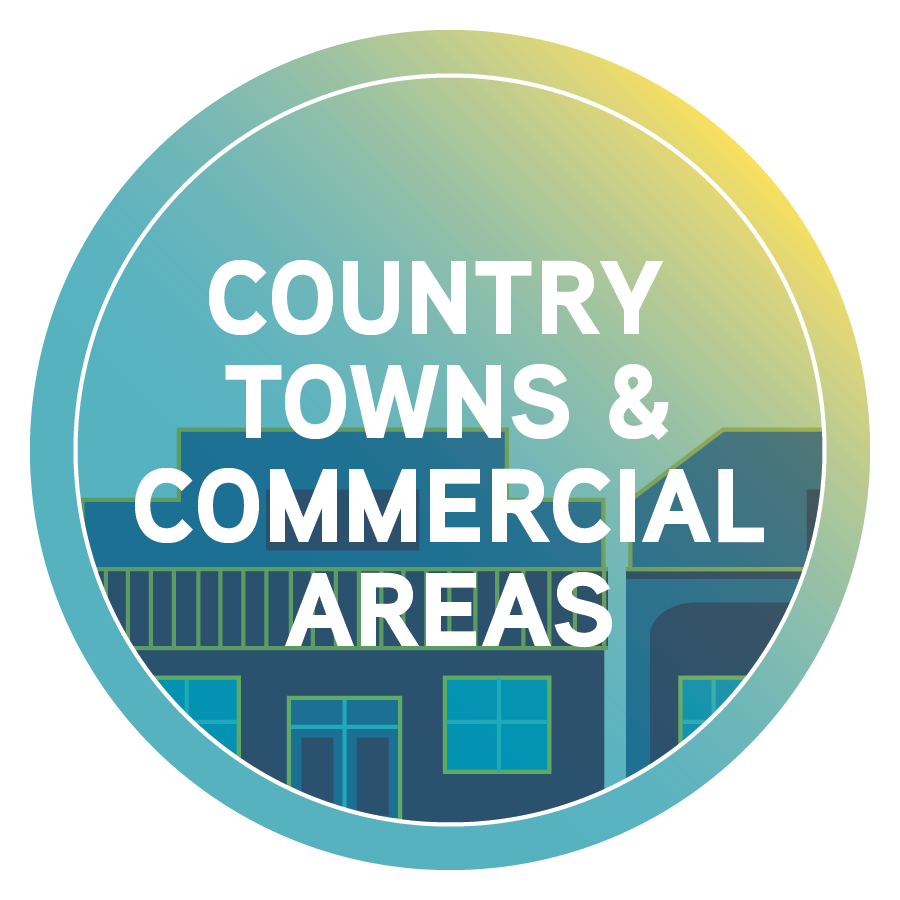
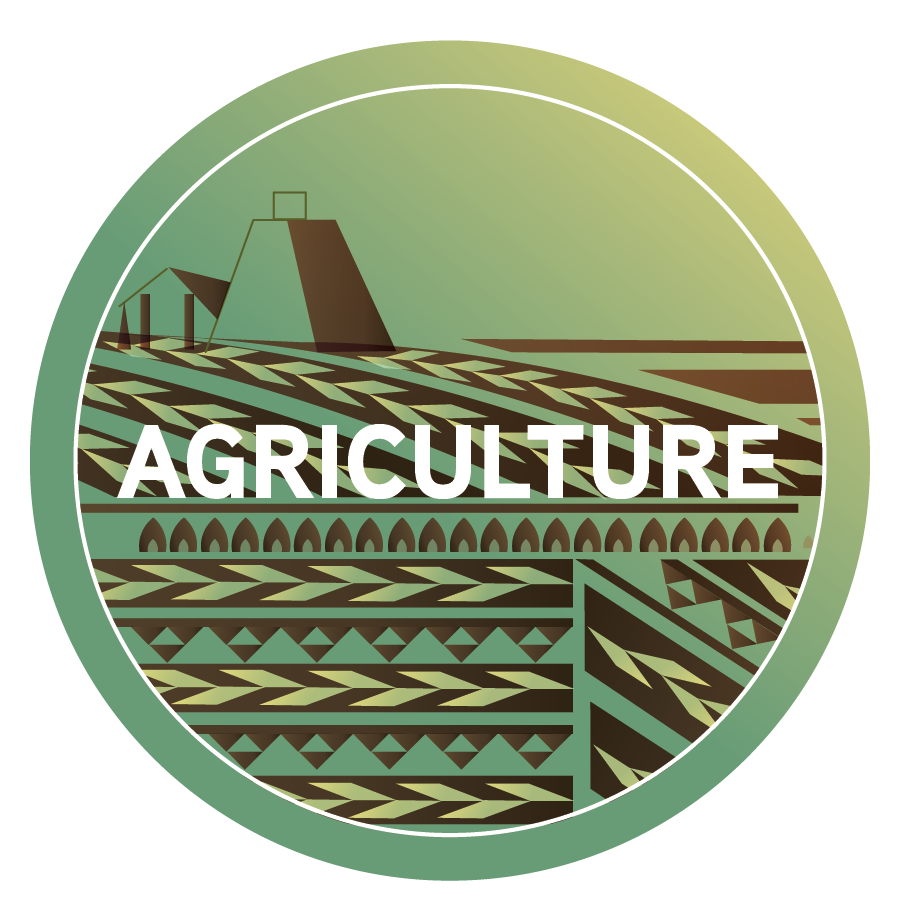

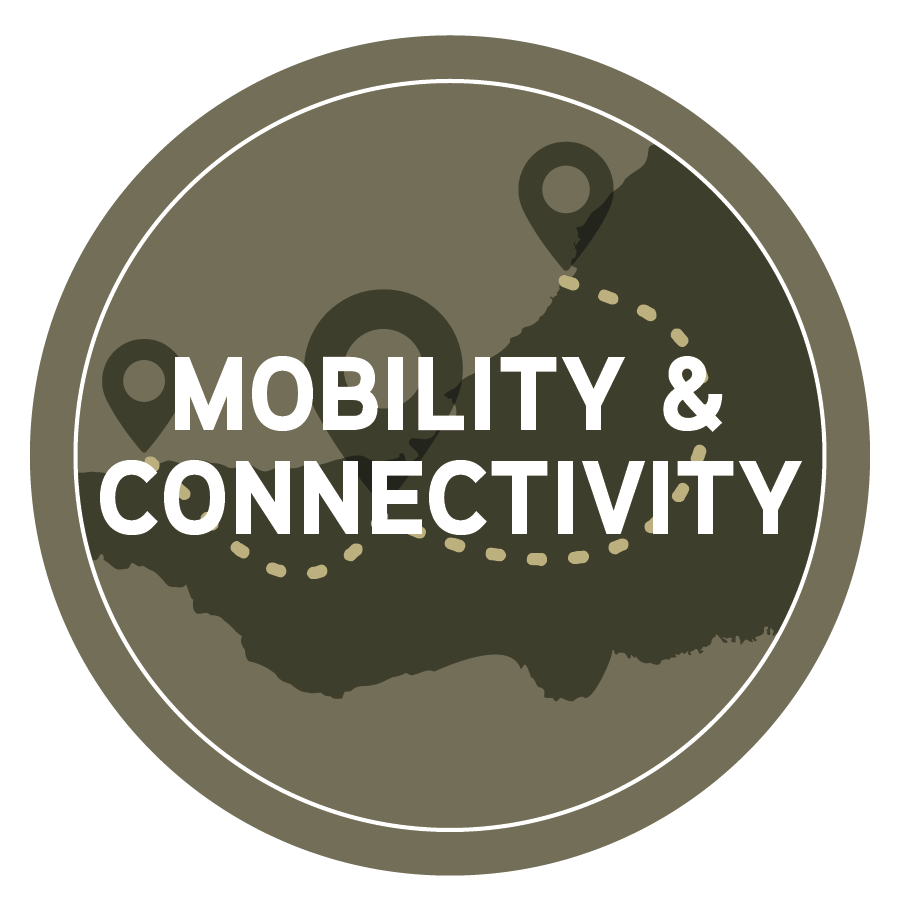


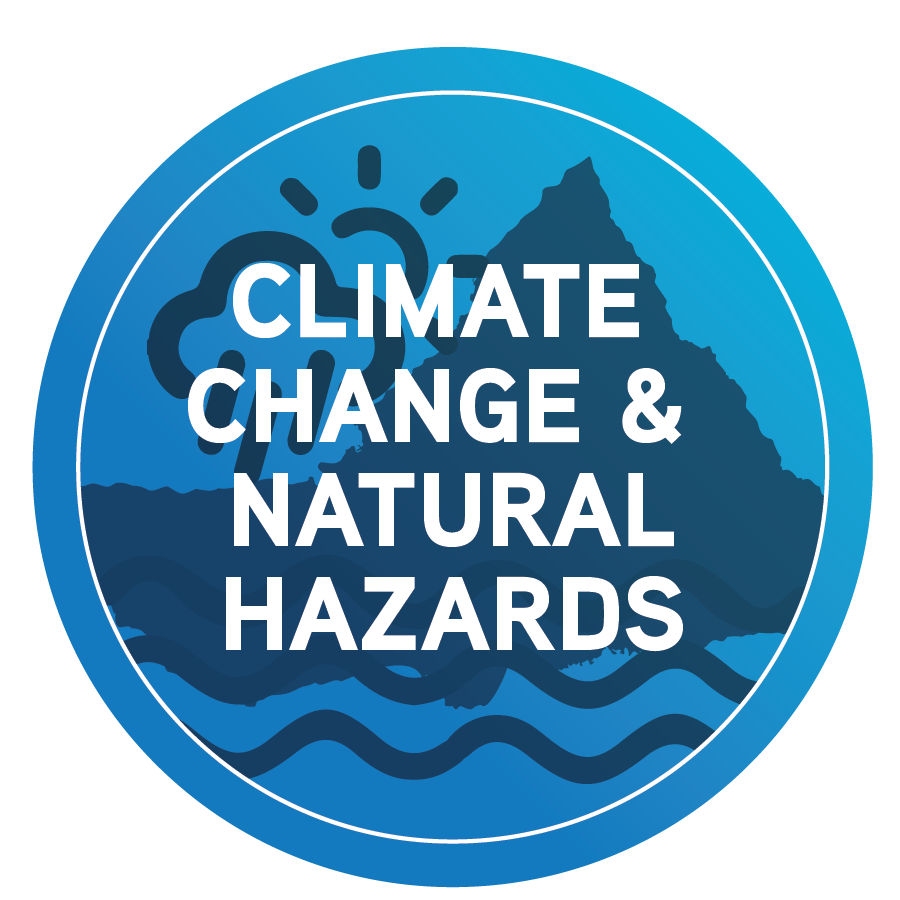
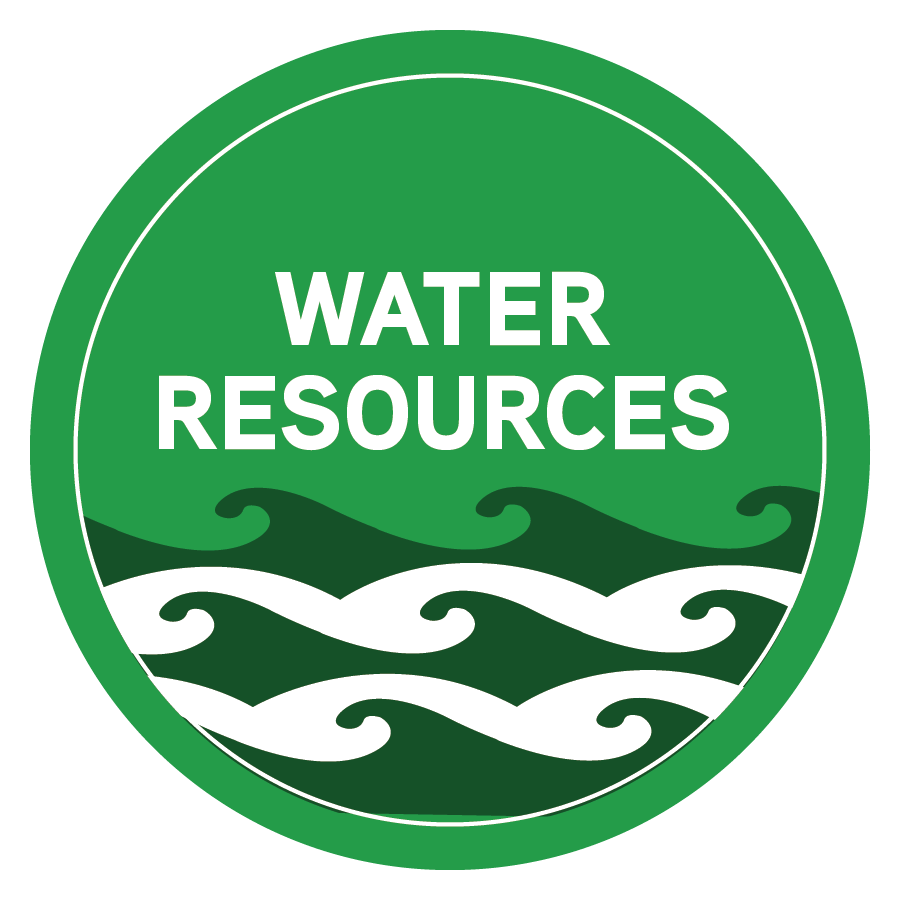
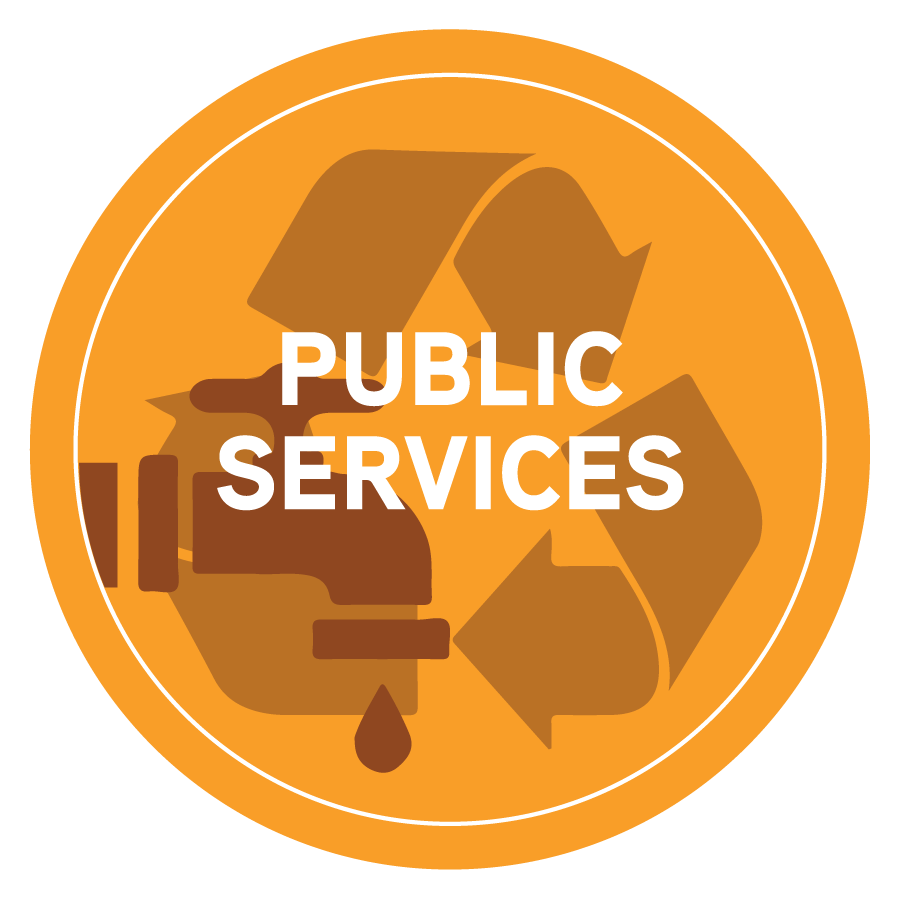
Comments
Close